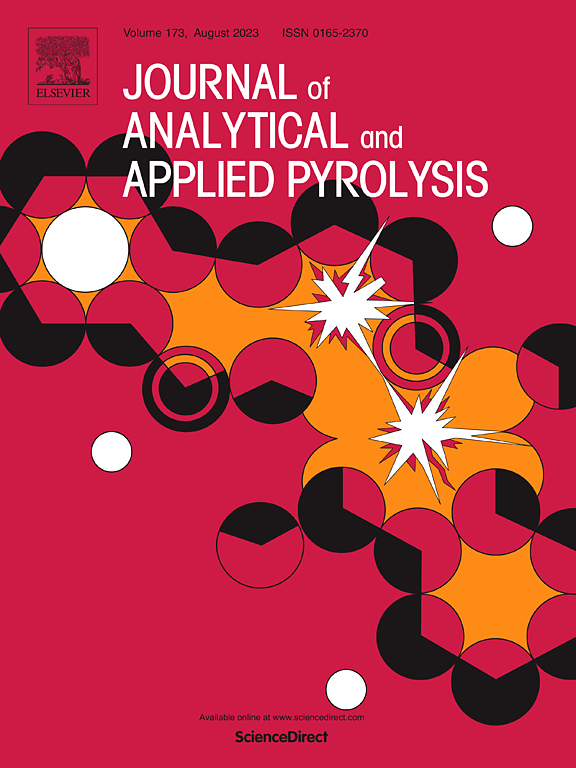Insights into the mechanism of Cr(Ⅵ) removal by biogenic jarosite-biomass derived Fe-C material with anti-environmental interference performance
IF 5.8
2区 化学
Q1 CHEMISTRY, ANALYTICAL
引用次数: 0
Abstract
Hexavalent chromium (Cr(VI)), an acute toxic, potential carcinogenic and mutagenic substance, is increasingly discharged into wastewater by industrial activities. Therefore, it is urgent to develop efficient and eco-friendly approaches for Cr(VI) treatment from wastewater. Biosynthetic jarosite and/or bagasse mixture were carbonized and used as catalysts (jarosite@BC-300 °C, jarosite-300 ℃ and BC-300 ℃) for Cr(VI) removal. Jarosite and BC acted synergistically to enhance the removal of Cr(VI). The Cr(VI) removal efficiency was up to 79.1 % with the addition of 1 g/L of jarosite@BC-300 °C for 120 min. The Cr(VI) removal was mainly attributed to the heterogeneous reduction of Cr(VI) to Cr(III), accompanied with Cr(III) precipitation and Cr adsorption. Fe(II) on the jarosite@BC-300 °C was the main active sites for Cr(VI) reduction. Biochar as electron donor enhanced Cr(VI) reduction by promoting the regeneration of Fe(II) and the production of superoxide radicals ((O2•)-). The electrochemical experiment demonstrated that jarosite@BC-300 °C had fast ion diffusion performance, which could be used as an electron shuttle to realize rapid ion transfer for accelerating Cr(VI) removal. Additionally, jarosite@BC-300 °C could be used over a wide pH range of 2–11. Coexisting ions experiments showed that the effect of anions (Cl-, NO3-, SO42- and PO43-) on the removal of Cr(VI) by jarosite@BC-300 °C was almost negligible. Hence, the prepared jarosite@BC-300 °C with high-efficiency and low-cost had a promising application in the treatment of Cr(VI) containing wastewater.
求助全文
约1分钟内获得全文
求助全文
来源期刊
CiteScore
9.10
自引率
11.70%
发文量
340
审稿时长
44 days
期刊介绍:
The Journal of Analytical and Applied Pyrolysis (JAAP) is devoted to the publication of papers dealing with innovative applications of pyrolysis processes, the characterization of products related to pyrolysis reactions, and investigations of reaction mechanism. To be considered by JAAP, a manuscript should present significant progress in these topics. The novelty must be satisfactorily argued in the cover letter. A manuscript with a cover letter to the editor not addressing the novelty is likely to be rejected without review.

 求助内容:
求助内容: 应助结果提醒方式:
应助结果提醒方式:


